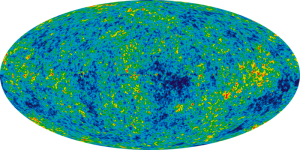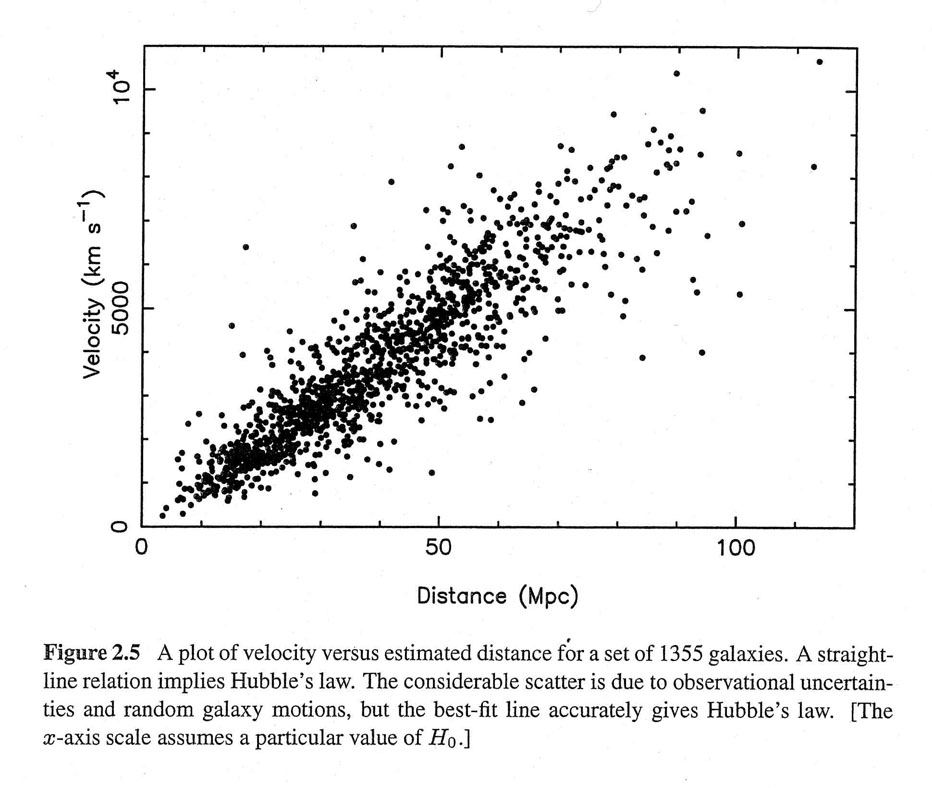With a traditional telescope, the space between stars and galaxies is completely dark. But a sufficiently sensitive radio telescope shows a faint background glow, almost exactly the same in all directions, not associated with any star, galaxy or other object. This glow is found to be strongest in the microwave region of the radio spectrum. This background radiation is discovered by Penzias and Wilson in the year 1964 (both got Nobel prize in 1978).
When the universe was young (before the formation of stars and planets), it was smaller, much hotter and filled with a uniform glow of Hydrogen plasma. As the universe expanded, both the plasma and the radiation filling it grew cooler. When the universe cooled enough, stable atoms could form. These atoms could no longer absorb the thermal radiation and the universe became transparent instead of being an opaque fog.
Cosmic microwave background radiation is thermal radiation filling the universe almost uniformly. Precise measurement of Cosmic microwave background radiation are critical to cosmology. Any model of the universe must explain this radiation.
The Cosmic microwave background radiation has a thermal black body spectrum at a temperature of 2.725K, thus the spectrum peaks in the microwave range frequency of 160.2 GHz, corresponding to 1.9 mm wavelength.
The first detailed measurements made from COBE (Cosmic background explorer) satellite showed that it corresponds to a Planck spectrum at . More recently, CMB has been mapped in even greater detail by the WMAP satellite. Thus the background is found to be very nearly isotropic, which supports the isotropic and homogeneous models of the Universe.
The WMAP satellite has detected temperature variations of a relative amplitude in the background. The fluctuations are interpreted as a gravitational redshift of the background produced by the mass concentrations that would later give rise to the observed structure in the universe. They are the direct traces of initial irregularity in the Big Bang and provide important constraints for theories of galaxy formation.

Data from COBE showed a perfect fit between the black body curve predicted by big bang theory and that observed in the microwave background.
Although many different processes might produce the general form of a blackbody spectrum, no model other than Big Bang has yet explained the fluctuations. As a result, most of the universe to be the best explanation for the CMBR. As the universe expands, CMB photons are redshifted, making the radiation’s temperature inversely proportional to a parameter called the Universe scale length. The temperature of the CMB as a function of redshift, z, is found to be proportional to the temperature of the CMB as observed in the present day (2.725K)






